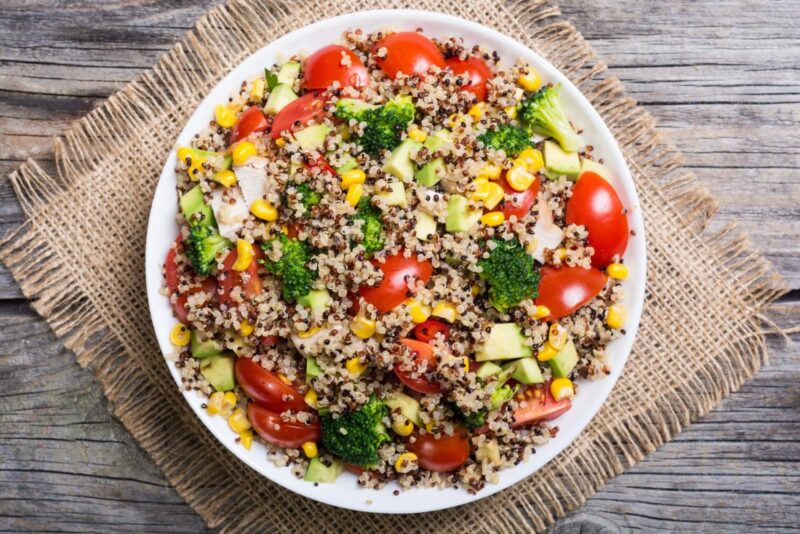Major Differences between Low-Carb and Gluten-Free Diets

There are many diets that people try in an attempt to live their best, healthiest lives. Low-carb and gluten-free diets are two such diets that many people think are the same thing. However, there are major differences between these diets. While you can overlap the best practices from both diets, they are not the same. Most people practice one or the other according to their health needs and goals.
Low-Carb Diets Eliminate All Carbs
The name of the low-carb diet makes it easy for anyone to understand that this diet eliminates carbs. You can find carbohydrates in many types of foods. The most popular carbs are baked goods such as bread, pasta, beans, potatoes, and corn. However, you can also find carbohydrates in milk, bananas, and beets.
Some of these high-carb foods are considered healthy, such as beans and beets. However, there are many health benefits to eliminating carbs from a person’s diet, even if they’re from a healthy source. For example, your body will break down fat and glucose more easily if there are no carbs in your body. This will help you lose unhealthy weight and stabilize your blood sugar.
Gluten-Free Diets Eliminate All Gluten
Gluten-free diets also have an obvious name. You cannot eat anything with gluten when you’re on a gluten-free diet. Many people who choose this diet do so because of a celiac disease diagnosis or gluten sensitivity/intolerance. However, other people try this diet because it helps them reduce the processed carbohydrates in their diets.
Cutting down on gluten has many health benefits. For people with celiac disease or gluten sensitivities, cutting out gluten can decrease gastrointestinal issues, promote healthy weight loss, and boost energy. Going gluten-free, even when you don’t have these pre-existing health problems, can help you eat healthier carbohydrates with better vitamins and minerals.
Low-Carb vs. Gluten-Free Food Examples
Sometimes low-carb and gluten-free foods overlap, and sometimes they don’t. For example, nuts are both low-carb and gluten-free and are an excellent source of protein and healthy fats. Meanwhile, some brands of jerky contain gluten. Jerky is meat, so it’s low carb, but it’s not a safe choice for people with celiac disease or gluten sensitivities. Rice is gluten-free and safe for people with celiac or sensitivities, but it is a carb.
Choosing Between Low-Carb and Gluten-Free
If you don’t have a gluten allergy and want to lose weight, a low-carb diet might be right for you. Some people experience negative side effects when cutting carbs from their diet. For example, they may have temporary gastrointestinal issues, such as diarrhea, or other problems, such as headaches. Once your body adjusts to this diet, these problems should go away.
If you think you have a gluten allergy, consult with your doctor. They can test for a gluten allergy or sensitivity and recommend a gluten-free diet. You can experiment by including glutenous and gluten-free food in your diet to see how you feel after eating. However, this is not recommended for people with gluten allergies, as it can cause gastrointestinal problems.
The biggest difference between low-carb and gluten-free diets is whether there are carbs in the diet. Gluten-free diets allow for some carbs, while a low-carb diet does not. Many low-carb foods are gluten-free, so these diets can overlap, but you are free to choose between them.






